ASHRAE 110
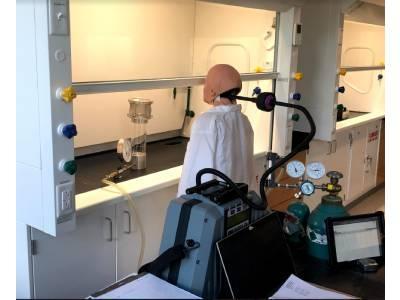
ASHRAE 110
What is ASHRAE 110 Testing?
Fume hoods are a primary engineering control used in chemical laboratories to provide personnel protection from chemical exposure. Air volume and velocity measurements are taken to insure safety with fume hood exhaust and to meet design specifications for the space. In simple terms we verify that industry safety levels for ventilation of toxic gases are met to ensure our researchers and scientists are protected while working on the next generation medicines and breakthroughs.
The better the fume hood, the safer the working environment for employees. When dealing with toxic chemicals and tracer gases, the safety standards have to be high. It's critical to maintain this equipment to be assured it's always working at its top capacity. Fume hoods must be tested annually to comply with legal requirements. The testing standard for fume hoods is the American Society of Heating, Refrigerating and Air-Conditioning Engineers (ASHRAE) 110.
ASHRAE is a global society that helps define technical standards for HVAC building systems that include indoor air quality and energy efficiency just to name two. Fume hoods definitely fall under this umbrella.
When to test Fume Hoods
According to OSHA standards, chemical fume hood certification and testing must be conducted at least yearly and new fume hoods must be tested after installation before they're used. Any time changes are made to the equipment, they should be reevaluated at that time as well.
Because fume hoods are so critical to having a safe workplace, operators are encouraged to visually inspect the chemical fume hood at least once every day. Some things to check for include blockages that can limit airflow and cleanliness.
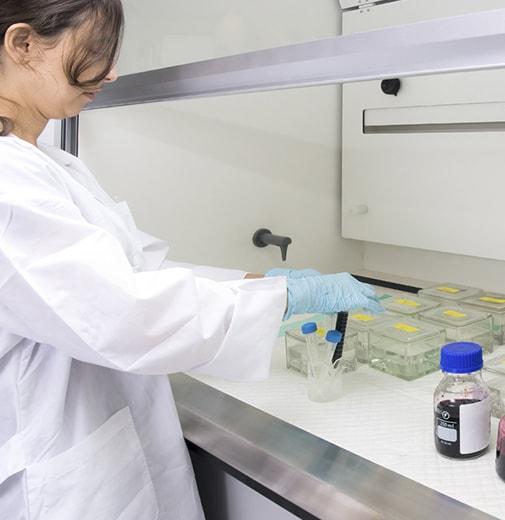
Certified ASHRAE 110 Testing
MTI, has worked on many different projects involving many different applications involving a Fume Hood. From normal commercial applications like Kitchen Hoods and Paint Booths to high end Industrial Grade Capture Systems (Process Exhaust Systems) or Medical Research Hoods,
MTI's certified ASHRAE 110 technicians can help you properly balance out your system for optimum efficiency.
What Is ASHRAE 110 Testing?
In laboratories that deal with harmful chemicals or poisonous gases, fume hoods are essential pieces of safety equipment. Fume hoods draw air through the face of the fume hood and pull hazardous fumes and gases away from the users as exhaust out of the labs. This ventilation reduces the risk of contamination.
The better the fume hood, the safer the working environment for employees. When dealing with toxic chemicals and tracer gases, the safety standards have to be high. It's critical to maintain this equipment to be assured it's always working at its top capacity. Fume hoods must be tested annually to comply with legal requirements. The testing standard for fume hoods is the American Society of Heating, Refrigerating and Air-Conditioning Engineers (ASHRAE) 110.
ASHRAE is a global society that helps define technical standards for HVAC building systems that include indoor air quality and energy efficiency just to name two. Fume hoods definitely fall under this umbrella.
About Fume Hoods
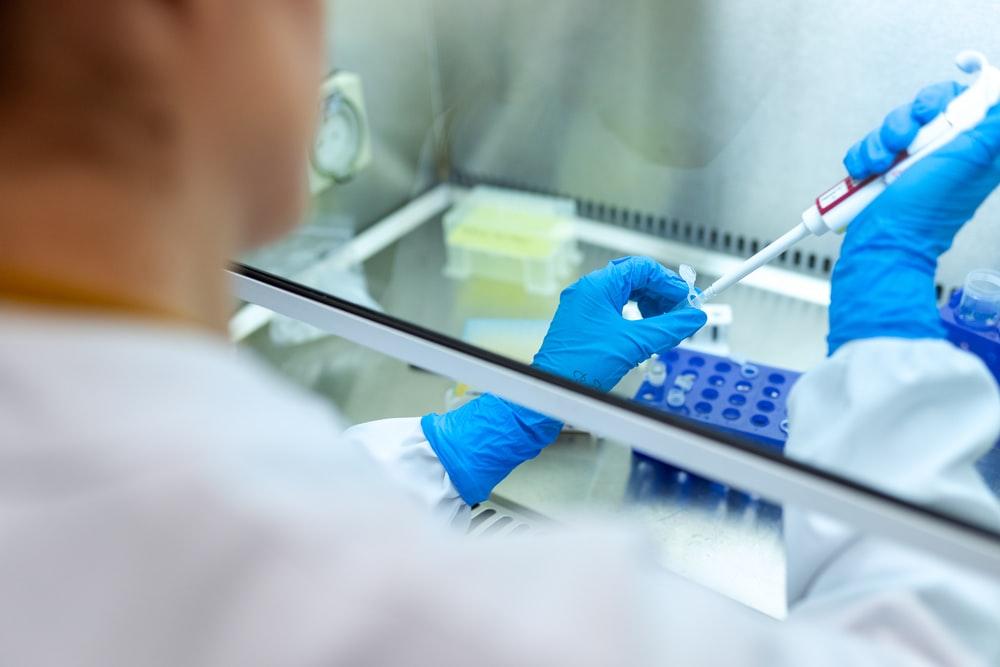 As mentioned, chemical fume hoods are used in labs to exhaust chemical vapors and ensure human well-being. Different styles and designs of fume hoods are used depending on the type of applications used in the laboratory. Quality airflows in fume hoods are essential to maintain safe working conditions.
As mentioned, chemical fume hoods are used in labs to exhaust chemical vapors and ensure human well-being. Different styles and designs of fume hoods are used depending on the type of applications used in the laboratory. Quality airflows in fume hoods are essential to maintain safe working conditions.
Chemicals can cause fumes that can be dangerous or fatal to lab workers and the environment. Fume hoods provide enclosed environments for technicians to work with chemicals without contaminating other areas of the lab. Regardless of the type of fume hood being used, it needs to be tested and certified annually.
When to Test and Certify Fume Hoods
According to OSHA standards, chemical fume hood certification and testing must be conducted at least yearly and new fume hoods must be tested after installation before they're used. Any time changes are made to the equipment, they should be reevaluated at that time as well.
Because fume hoods are so critical to having a safe workplace, operators are encouraged to visually inspect the chemical fume hood at least once every day. Some things to check for include blockages that can limit airflow and cleanliness.
Why Test & Certify Fume Hoods
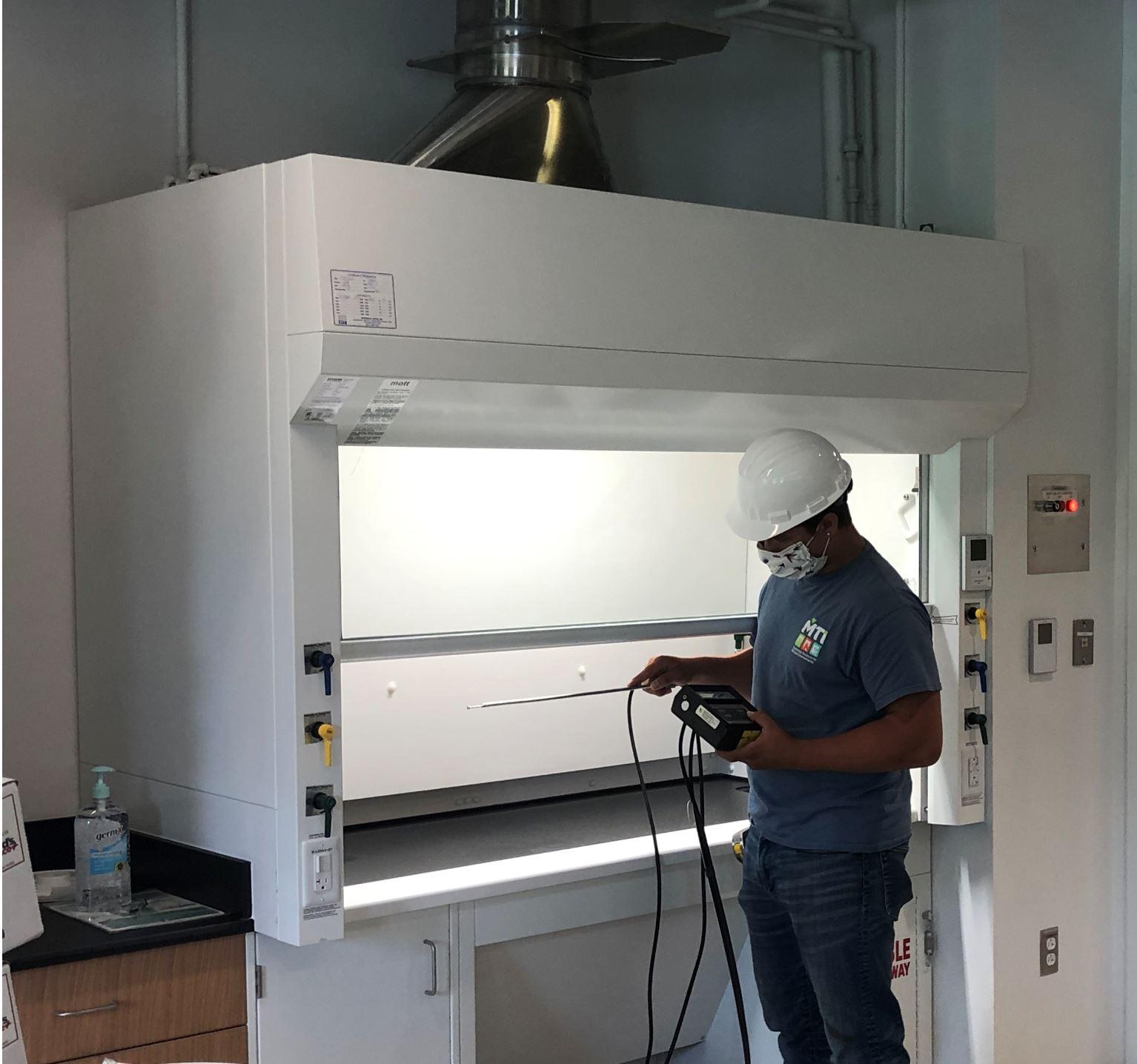
Fume hood certification must occur every year to meet federal and state regulations. These laws are in place to protect both workers and your lab.
In addition to complying with legal requirements, testing helps locate and identify problems in a lab. The testing process can uncover potential risks and issues with your HVAC system, pressurization, and equipment location. These issues can not only create a hazardous workplace and make staff sick, and lower productivity.
But how do the tests work? What do they involve?
About ANSI/ASHRAE 110 Testing
ASHRAE standard 110 is widely accepted around the world. It has set testing guidelines for the methods and procedures to rate fume hood performance. Fume hood testing consists of three key areas: face velocity measurement, smoke visualization, and tracer gas containment.
Face Velocity Test
The face velocity test ascertains the level of face velocity at several sampling points across the face of the hood. The ASHRAE standard 110 uses thermal anemometers and a meticulous sampling method to accurately measure instantaneous velocity.
Face velocity tests of hoods with variable air volume (VAV) systems are carried out at three different sash opening positions: 25%, 50%, and fully open. The average face velocity for all the sash positions is then compared to the design specifications for sash movement.
VAV controllers change the hood exhaust rate to attain a constant face velocity - even at different sash heights. There are two methods to conduct this test. Either the exhaust flow or the hood slot velocity is measured. The use of data loggers is encouraged so that the controller that modifies the hood exhaust rate can be measured to see whether there is a change in hood performance.
Smoke Patterns Visualization
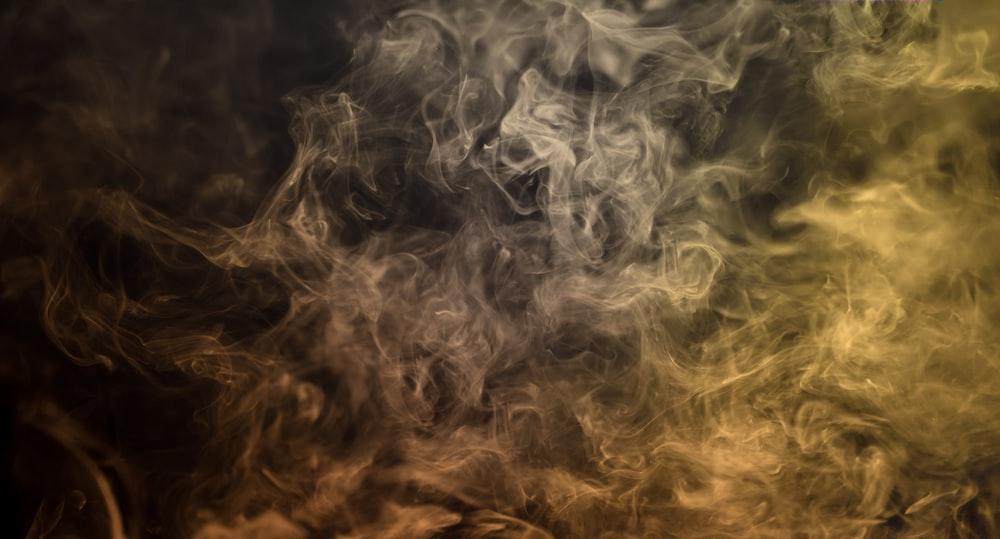
Smoke patterns visualization uses visible smoke to assess airflow patterns inside the fume hood. This test is done with both a local smoke generation and a large-volume challenge. In ideal conditions, the smoke will flow smoothly toward the slots in the rear baffle.
The local challenge demonstrates the flow around the opening of and just inside the fume hood. The large-volume smoke generation shows the air patterns inside the hood. Observations from these visualization challenges are used to test the performance of the fume hood.
Tracer Gas Containment Test
The third test is the tracer gas containment test, which simulates a lab technician using a fume hood. It defines the fume hood's ability to contain chemical vapor and provide protection to lab workers. This test involves the release of a tracer gas, SF6, to test for gas leakage in the user's breathing zone. To do this, a mannequin represents the user and a probe is placed in the technician's breathing zone. This probe runs to an analyzer that will log the tracer gas concentration during testing. The tracer gas flows through an ejector at a specific rate. The tracer gas test is one of the most important measures of fume hood performance.
Mechanical Technical Inc. has worked on many different fume hood projects in a variety of applications. Our company has worked on typical commercial applications including restaurant kitchen hoods and paint booths as well as industrial grade capture systems (process exhaust systems) or medical research hoods. Our certified ASHRAE 110 technicians are trained to properly balance your systems for maximum efficiency regardless of the application. You definitely want to ensure you are using an ASHRAE 110 certified person to perform this specialized test.
Let us verify that your workplace fume hood meets industry safety levels for the ventilation of toxic gases to make sure today's scientists and researchers are safe while working on the scientific and medical breakthroughs of tomorrow. Be sure to check out our Ashrae 110 service page.

Please contact us or call us today for a FREE QUOTE!
or Call us at 518.450.7292
